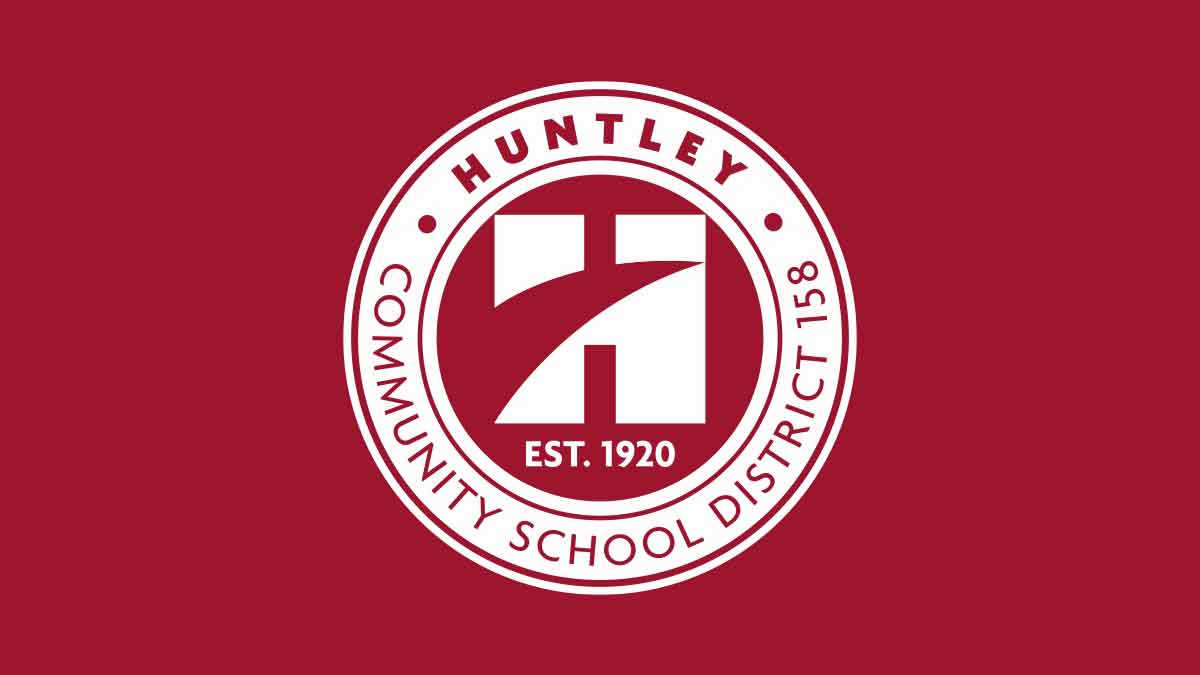A Dual Language program is any program that provides literacy and content instruction to all students through two languages and that promotes bilingualism and biliteracy, grade level academic achievement, and multicultural competence for all students.
Dual language programs use the partner language for at least half of the instructional day in the elementary years. These programs generally start in kindergarten or first grade and extend for at least five years, with some continuing into middle school and high school.
The goal of the program is bilingualism and biliteracy as well as high academic achievement. Students in dual language programs not only achieve at levels that are similar to or higher than those of their peers enrolled in other programs on standardized tests of reading and math in English, but in addition they are able to read and write at grade level in another language. This in turn positively affects general academic performance.
In Huntley 158, we are adding Dual Language (Spanish and English) classrooms in each of our kindergarten buildings beginning in the 2018-19 school year. Chesak Elementary, Leggee Elementary, and Mackeben Elementary School.
The Dual Language program is a tool to close the achievement gap between Spanish-speaking English Learners and monolingual English speakers. Closing the achievement gap of our Spanish-speaking English learners is a priority and when achieved, will positively impact all students in our district.
The District will continue to expand the program year-by-year until Dual Language is available for kindergarten through fifth grade. Students who join in kindergarten are committed to remaining in the program through fifth grade.
The program will better serve English Language Learners currently served under the Transitional Bilingual Education model, as well as expanding benefits to native English speakers.
Benefits of Dual Language
Research has shown that in an increasingly globalized world, those who know both English and another language will have economic and political advantages. In addition, having an in-depth knowledge of another language has been shown to contribute to a cognitive benefit in creativity and metalinguistic awareness and enhanced cross-cultural understanding. Other research has shown that participants in Dual Language programs are more likely to stay in school and continue into postsecondary education.
A brief list of specific advantages:
- Ability to speak, read, and write fluently in English and Spanish.
- Increased level of cognitive capacity and critical thinking.
- Increased level of academic achievement for students enrolled in the program long-term.
- Improved cultural awareness and appreciation of our diverse community.
- Boosted social and emotional well-being in and out of the classroom.
These benefits hold for both English language learners and native English speakers enrolled in Dual Language.
